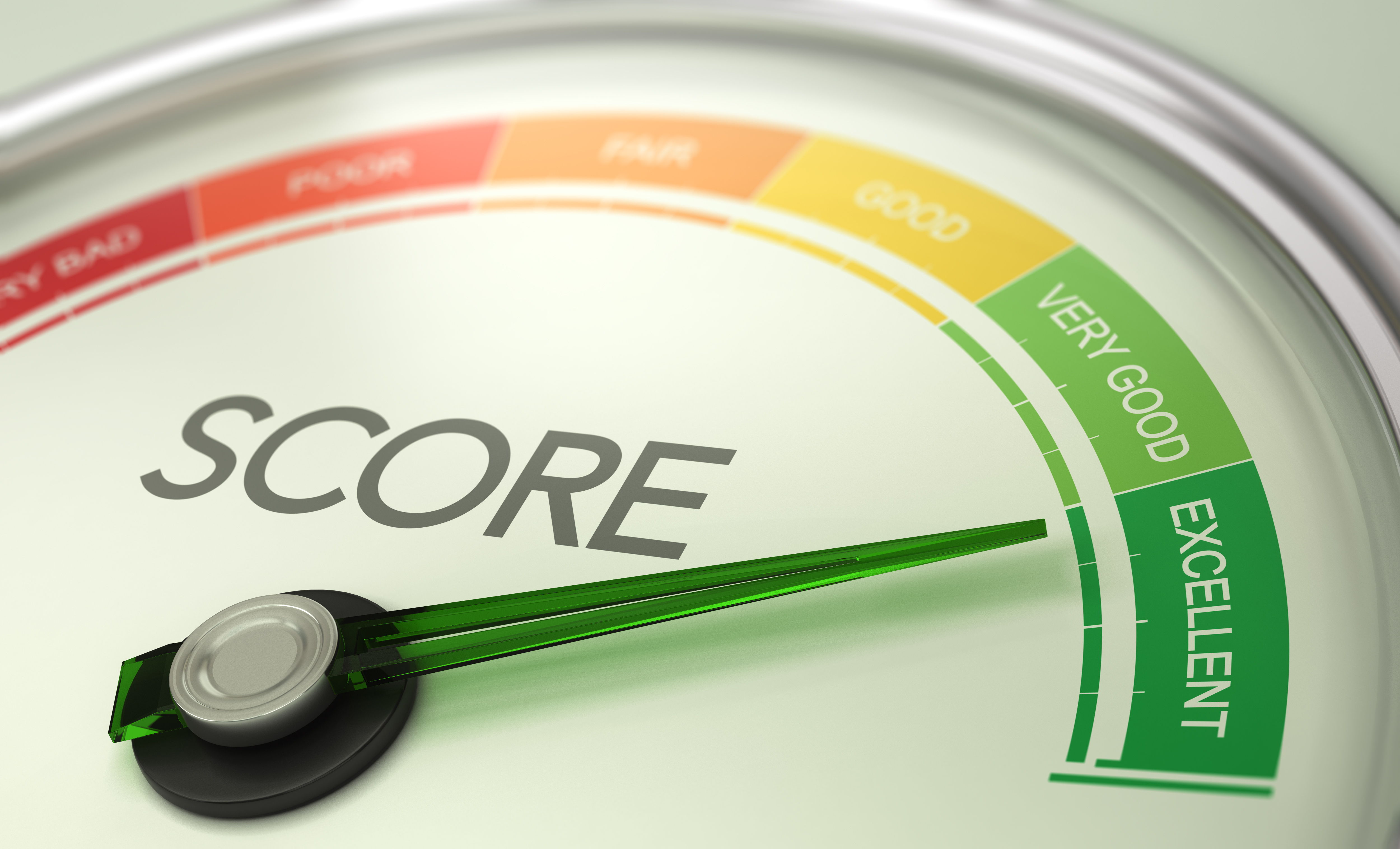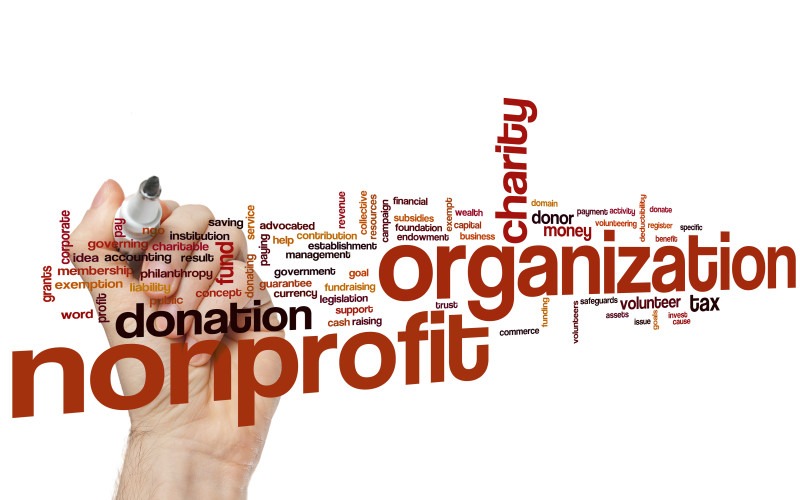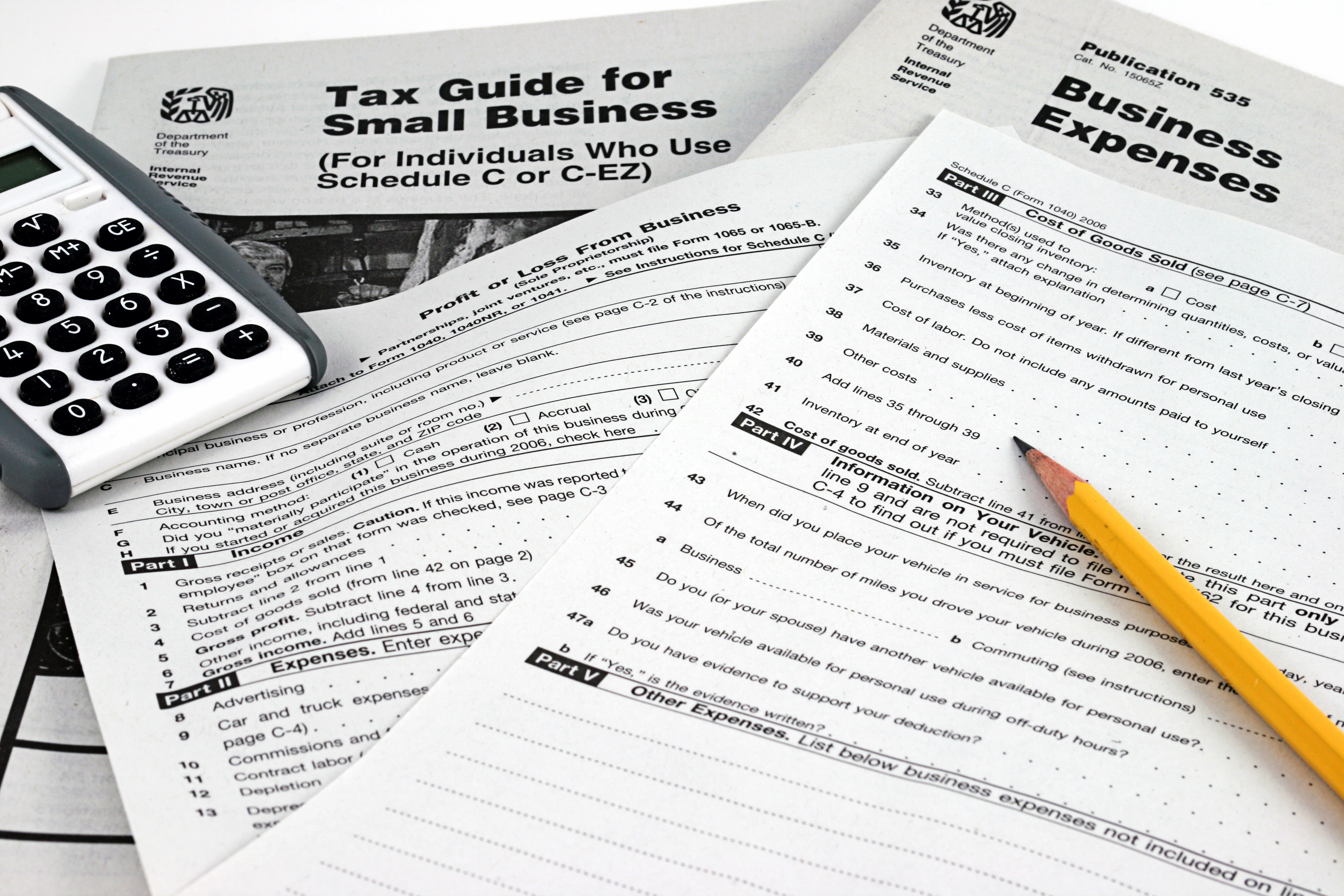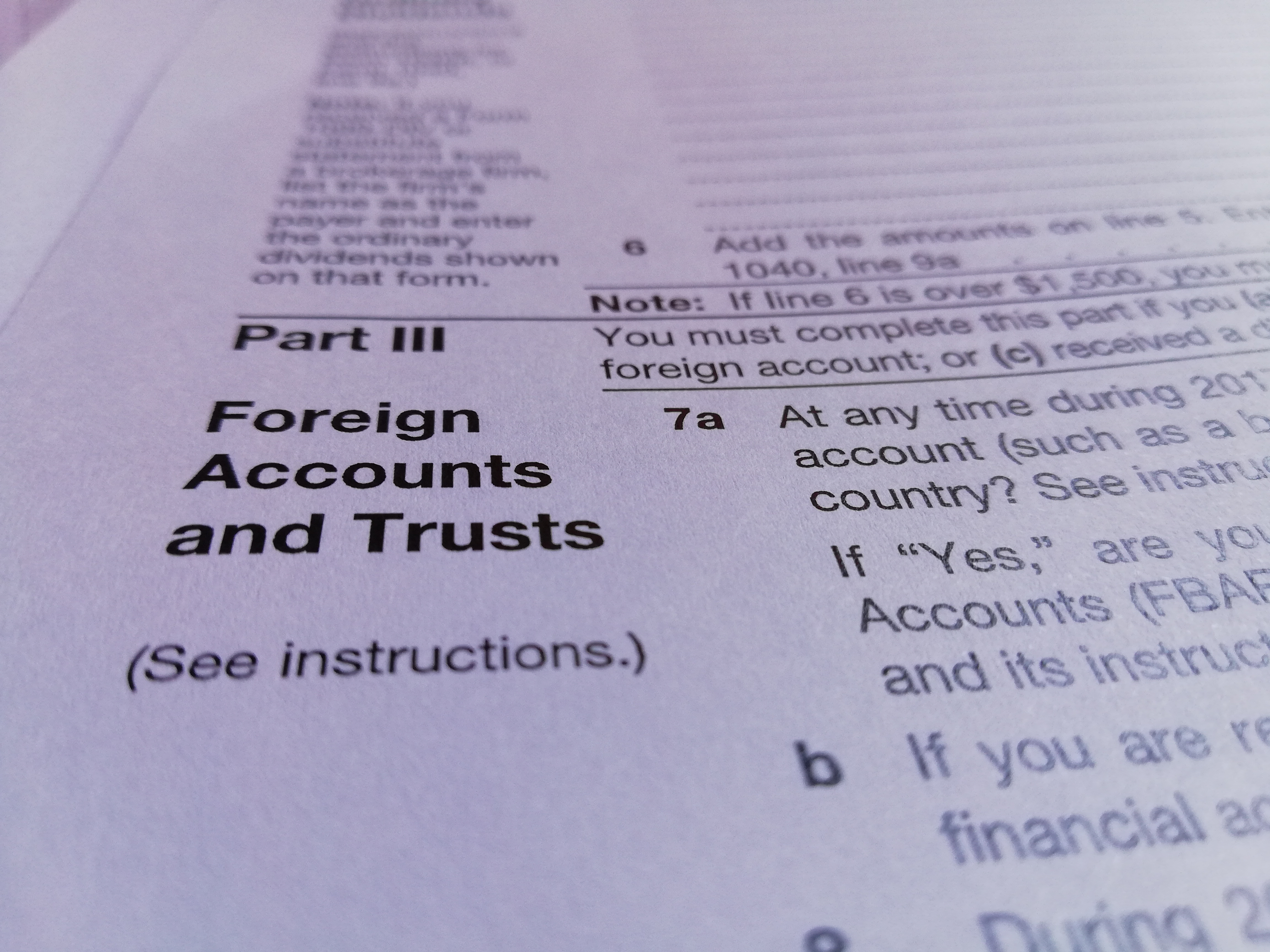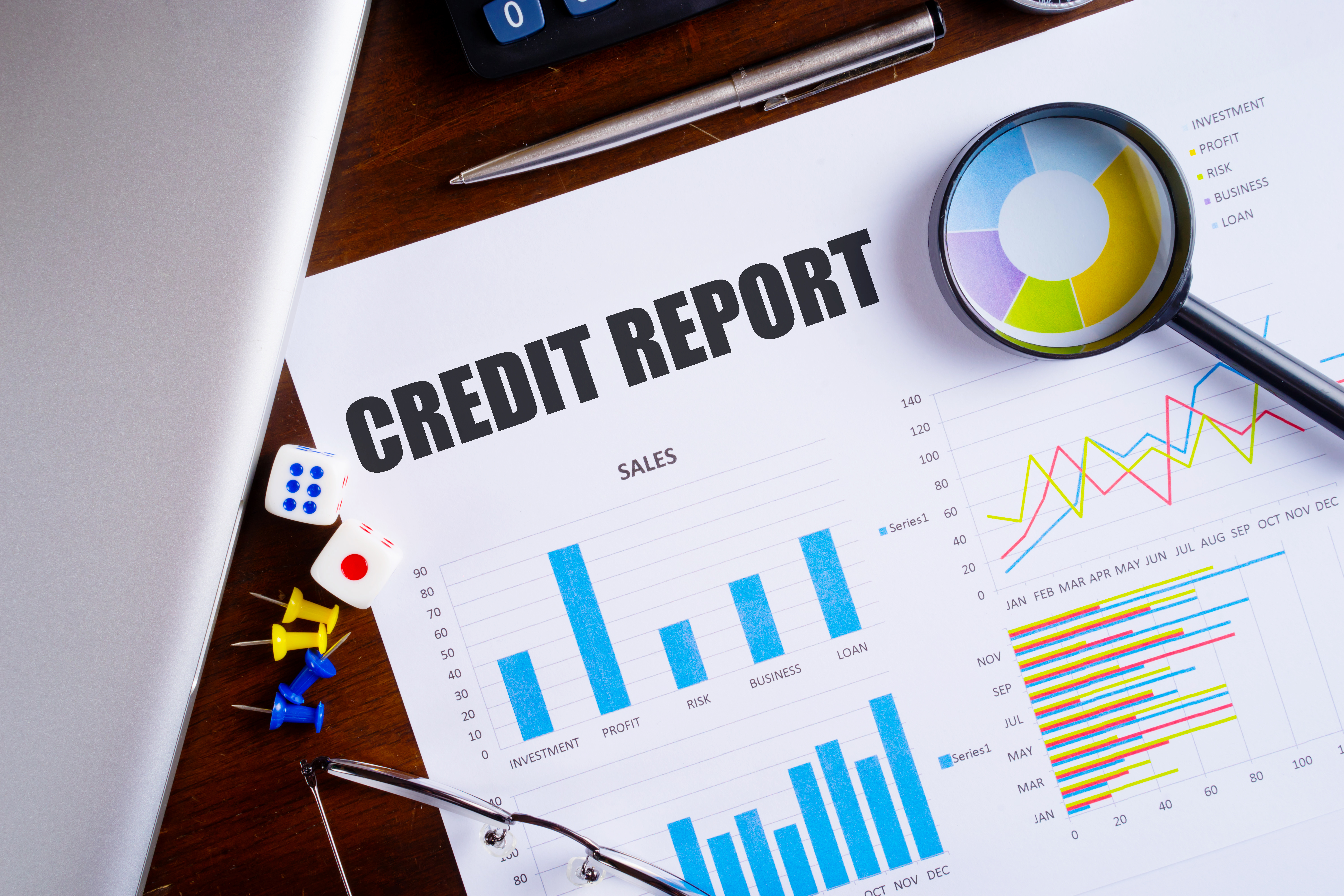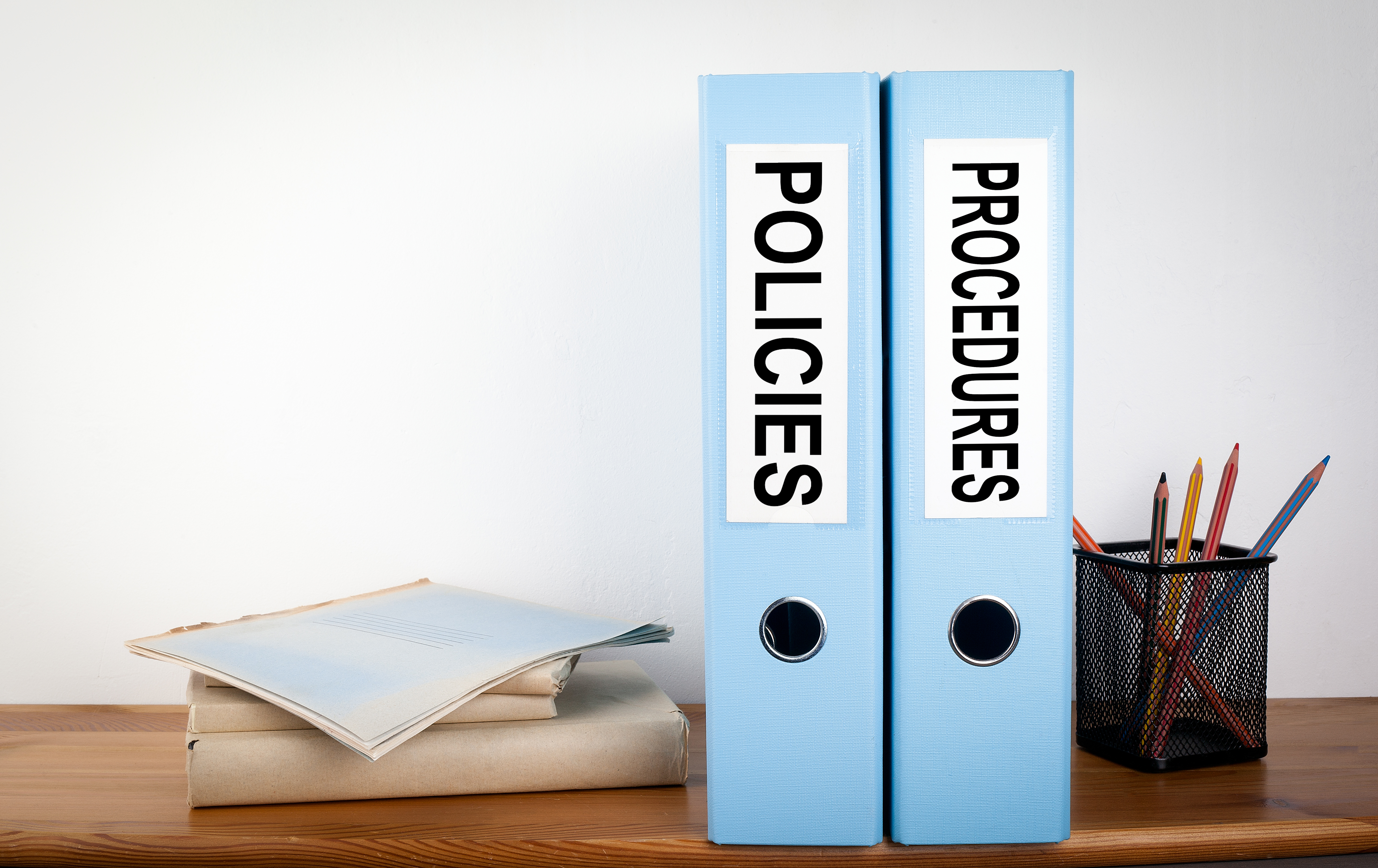Mastering Cash Flow Forecasting: A Roadmap to Financial Success
Key Takeaways
- Cash flow forecasting is vital for planning and decision-making, enabling businesses to predict financial conditions by evaluating projected cash movements
- Effective forecasting requires accurate historical data, clear time frames, and identification of key financial drivers like sales and expenses
- Regularly updating forecasts ensures accuracy, allowing businesses to adjust based on actual financial outcomes
- Advanced forecasting tools and integration with financial systems improve efficiency and forecasting precision
- Ongoing enhancements through feedback and collaboration optimize the forecasting process for long-term success

What if there was a way to help you predict what’s going to happen financially within your business in the next few days, weeks, or even months? Well, there is: cash flow forecasting.
In today's fast-paced business environment, maintaining a healthy cash flow is crucial for the success and sustainability of any organization. By accurately predicting and managing cash inflows and outflows, businesses can make informed decisions, plan for the future, and avoid potential financial pitfalls.
In this blog, we will dive deep into the world of cash flow forecasting and explore practical strategies and tools to implement it effectively. Whether you are a small startup, a growing business, or an established enterprise, understanding your cash position is vital for budgeting, investment planning, and managing day-to-day operations.
We will discuss the key components of a cash flow forecast, including sales projections, expense tracking, accounts receivable, and accounts payable. We’ll provide insights into the benefits of cash flow forecasting and how to implement it in your own business.
Join us on this journey as we uncover the secrets to successful cash flow forecasting and empower you to make informed financial decisions that drive your business forward.
Importance of Cash Flow Forecasting For Businesses

Cash flow forecasting plays a pivotal role in the financial health and success of businesses. It is the process of estimating and predicting the inflow and outflow of cash over a specific period. Here's why cash flow forecasting is of utmost importance for businesses:
- Planning and Budgeting: Cash flow forecasts provide a clear picture of expected cash inflows and outflows, enabling businesses to create realistic budgets and make informed financial plans. It helps in setting achievable goals, allocating resources, and determining the need for external funding.
- Liquidity Management: By accurately forecasting cash flow, businesses can effectively manage their liquidity. They can identify potential cash shortages in advance, allowing them to take proactive measures such as negotiating favorable payment terms, securing additional financing, or adjusting operational expenses.
- Decision Making: Cash flow forecasts provide valuable insights for strategic decision making. Businesses can assess the financial feasibility of investments, expansion plans, or new projects. They can also evaluate the impact of various scenarios and make informed choices based on their cash position.
- Credit Management: Cash flow forecasts help in managing accounts receivable and payable. Businesses can identify potential delays in customer payments or negotiate extended payment terms with suppliers, ensuring a healthy cash flow cycle and minimizing the risk of late payments or penalties.
- Stakeholder Communication: Accurate cash flow forecasts enhance transparency and facilitate effective communication with stakeholders such as investors, lenders, and shareholders. It demonstrates the financial stability and reliability of the business, instilling confidence and attracting potential investors or partners.
- Risk Mitigation: Cash flow forecasting allows businesses to anticipate and mitigate financial risks. By identifying periods of low cash reserves or potential cash shortfalls, companies can implement contingency plans, build emergency funds, or explore alternative financing options to minimize the impact of unforeseen circumstances.
Steps To Implement A Cashflow Forecasting System
Implementing a cash flow forecasting system is a crucial step for businesses to gain control over their financial planning and decision-making, but it doesn’t happen overnight. Here are the key steps to successfully implement a cash flow forecasting system:
- Gather Historical Data: Collect and analyze past financial statements, cash flow reports, and transaction records to establish a baseline for your cash flow forecasting. This data will provide insights into your historical cash flow patterns and help identify trends and seasonal fluctuations.
- Define Forecasting Period: Determine the timeframe for your cash flow forecast. It can be weekly, monthly, or quarterly, depending on the nature of your business and the level of detail required for effective planning.
- Identify Cash Flow Drivers: Identify the key drivers of your cash flow, such as sales revenue, accounts receivable, accounts payable, and operating expenses. Categorize and track each driver separately to gain a comprehensive understanding of their impact on cash flow.
- Sales Projections: Develop accurate sales projections based on market research, historical sales data, industry trends, and customer behavior. Consider factors like seasonality, market demand, and pricing fluctuations to forecast sales revenue realistically.
- Expense Tracking: Create a detailed breakdown of your operating expenses, including fixed costs (e.g., rent, salaries) and variable costs (e.g., utilities, marketing). Regularly update and monitor your expense forecast to reflect any changes or adjustments.
- Accounts Receivable and Payable: Monitor your accounts receivable and payable cycles diligently. Track the timing of customer payments and supplier invoices to ensure accurate cash flow projections. Implement strategies to optimize collections and manage payment terms effectively.
- Choose a Cash Flow Forecasting Tool: Invest in a reliable cash flow forecasting tool or software that can streamline the process, automate calculations, and provide real-time insights. Look for features like customizable dashboards, scenario analysis, and integration with accounting systems.
- Regular Review and Update: Continuously review and update your cash flow forecast based on actual performance. Compare the forecasted figures with the actual cash flow to identify any variances and make necessary adjustments for future forecasts.
- Monitor and Adjust: Regularly monitor your cash flow, comparing it against your forecasted figures. Identify any deviations or potential cash flow issues early on and take corrective actions promptly. Adjust your forecast as needed to reflect changing business conditions or new information.
- Continuous Improvement: Continuously improve your cash flow forecasting system by learning from past experiences and incorporating feedback. Refine your forecasting techniques, identify areas for optimization, and stay updated on industry trends and best practices.
Choosing The Right Tools For Cash Flow Forecasting
Choosing the right tools for cash flow forecasting is crucial for accurate and efficient financial planning. The first consideration is functionality. Look for tools that offer features like customizable forecasting models, integration with accounting systems, scenario analysis capabilities, and real-time data synchronization.
User-friendliness is also essential. Opt for tools that are intuitive and easy to use, ensuring a smooth adoption process for your team. A user-friendly interface and clear navigation make the forecasting process more efficient.
Scalability is another factor to consider. Select tools that can handle your business's future growth, accommodating increasing data volumes and additional users or business units.
Lastly, integration is key. Choose tools that seamlessly integrate with your existing financial systems, such as accounting software, to streamline the flow of data and ensure accuracy in your cash flow forecasting.
Identifying Cash Flow Drivers and Variables
Identifying cash flow drivers and variables is essential for accurate cash flow forecasting. Cash flow drivers are the key factors that directly impact cash inflows and outflows in a business. These may include sales revenue, accounts receivable, accounts payable, operating expenses, inventory levels, and investment activities.
Variables are the factors that can change and influence cash flow drivers. For example, variables in sales revenue could include changes in market demand, pricing strategies, or customer behavior. Similarly, variables in expenses could be fluctuations in raw material costs or unexpected maintenance expenses.
By identifying and closely monitoring these drivers and variables, businesses can gain a comprehensive understanding of their cash flow dynamics and make more accurate forecasts.
Creating Accurate Cash Flow Projections
Analyzing and interpreting cash flow data is crucial for gaining insights into the financial health and stability of a business. It involves examining the inflows and outflows of cash over a specific period to understand the sources and uses of funds. Here are key steps in analyzing and interpreting cash flow data:
- Cash Flow Statements: Begin by reviewing the cash flow statement, which provides a comprehensive overview of cash inflows from operating activities, investing activities, and financing activities. Understand the different components and their impact on overall cash flow.
- Operating Cash Flow: Analyze the operating cash flow section to assess the cash generated or used by the core operations of the business. Positive operating cash flow indicates healthy operations, while negative cash flow may suggest inefficiencies or cash flow challenges.
- Cash Flow Trends: Identify trends in cash flow over time. Look for patterns, seasonality, and any significant changes in cash inflows and outflows. This analysis helps in understanding the stability and predictability of cash flow.
- Cash Flow Ratios: Calculate cash flow ratios, such as the operating cash flow ratio or cash flow margin, to evaluate the efficiency and profitability of cash flow generation. Compare these ratios with industry benchmarks to gain further insights.
- Cash Flow Drivers: Identify the key drivers of cash flow, such as sales revenue, accounts receivable, accounts payable, and operating expenses. Analyze these drivers to understand their impact on cash flow and identify areas for improvement or optimization.
- Variance Analysis: Compare actual cash flow data with projected or budgeted figures. Identify any variances and investigate the reasons behind them. This analysis helps in identifying areas where forecasts may need adjustment or where operational improvements can be made.
- Cash Flow Forecasting: Utilize historical cash flow data to develop accurate cash flow forecasts. Incorporate insights gained from the analysis to enhance the accuracy of future projections and make informed financial decisions.
Adjusting Forecasts Based on Actual Results
Adjusting forecasts based on actual results is a crucial step in maintaining accurate and reliable cash flow projections. By comparing projected figures with the actual cash flow data, businesses can identify any variances or discrepancies. Analyzing these differences helps in understanding the underlying factors and improving the accuracy of future forecasts.
Adjustments may involve revising sales projections, modifying expense estimates, or refining assumptions to align with the observed trends. Regularly reviewing and adjusting forecasts based on actual results ensures that businesses can make informed financial decisions and maintain a realistic understanding of their cash flow position.
Communicating Cash Flow Forecasts to Stakeholders
Communicating cash flow forecasts to stakeholders is essential for transparency and effective financial management. Here are key considerations when sharing cash flow forecasts:
Clear and Concise Reporting: Present the cash flow forecasts in a clear and easily understandable format. Use charts, graphs, and tables to highlight key figures and trends.
Contextualize Forecasts: Provide an overview of the assumptions, methodologies, and limitations of the forecasts. Explain the factors that may impact cash flow, such as market conditions or operational changes.
Regular Updates: Communicate cash flow forecasts on a regular basis, keeping stakeholders informed about changes, updates, and any deviations from the original projections.
Highlight Risks and Mitigation Strategies: Discuss potential risks that may affect cash flow, along with strategies to mitigate them. This helps stakeholders understand the challenges and the proactive measures in place.
Discuss Implications: Explain the implications of the cash flow forecasts on the business, such as investment decisions, financing needs, or dividend distributions. This enables stakeholders to align their expectations and make informed decisions.
Engage in Dialogue: Encourage an open dialogue with stakeholders, allowing them to ask questions, seek clarifications, and provide input. This fosters collaboration and strengthens relationships.
Adjustments and Variance Analysis: Communicate any adjustments made to forecasts based on actual results. Explain the reasons for variances and the actions taken to address them.
Incorporating Cash Flow Forecasting
Incorporating cash flow forecasting into financial planning and decision-making is vital for businesses to achieve financial stability and make informed choices. By integrating cash flow forecasts, businesses can effectively plan their financial activities. This includes budgeting more accurately by aligning projected cash inflows and outflows with strategic goals and operational needs.
Cash flow forecasting also helps manage liquidity by identifying potential cash shortages and allowing proactive measures to maintain adequate funds. In addition, businesses can evaluate investment opportunities by assessing the financial feasibility of projects and estimating potential returns. Cash flow forecasts enable monitoring of working capital to ensure sufficient funds for day-to-day operations.
Lastly, cash flow forecasting aids in planning for growth and expansion, ensuring financial resources are available to support business expansion plans. Overall, incorporating cash flow forecasting empowers businesses to optimize resource allocation, make informed decisions, and drive long-term success.
Best Practices For Cash Flow Forecasting
Maintaining a successful cash flow forecasting process requires adherence to best practices. Here are key guidelines to follow:
- Accurate Data: Ensure the availability of accurate and up-to-date financial data for forecasting. Regularly reconcile financial statements and reconcile with transaction records.
- Robust Models: Develop comprehensive forecasting models that capture the complexities of your business. Consider factors such as seasonality, market trends, and customer behavior to enhance accuracy.
- Scenario Analysis: Conduct scenario analysis by exploring different scenarios and their potential impact on cash flow. This helps identify risks, evaluate contingency plans, and make informed decisions.
- Regular Review: Continuously review and update cash flow forecasts based on actual performance. Analyze variances, understand the reasons behind them, and adjust future projections accordingly.
- Collaborative Approach: Involve key stakeholders, including finance, operations, and sales teams, in the forecasting process. Gather insights from various departments to create a more comprehensive and accurate forecast.
- Continuous Improvement: Seek feedback, monitor forecasting accuracy, and identify areas for improvement. Continuously refine forecasting techniques and incorporate lessons learned into future forecasts.

Bottom Line
If it’s executed well and is built with thoughtful planning, cash flow forecasting can for sure give you an insight into the future of your financials within your company. No crystal ball needed!
Following best practices is essential for maintaining a successful cash flow forecasting process. Accurate data, robust forecasting models, scenario analysis, regular review, and a collaborative approach are key elements.
Incorporating cash flow forecasting into financial planning and decision-making allows businesses to allocate resources effectively and achieve their goals. Communication of forecasts to stakeholders builds transparency and trust. By continuously improving the process, businesses enhance financial stability and drive growth.
Want to see what business bank accounts help you maximize cash flow forecasting? Browse our bank comparisons here.
Why is cash flow forecasting important for a business?
Forecasting cash flow helps businesses anticipate future financial positions, ensuring they have enough cash to cover upcoming obligations like payroll, suppliers, and investments. It also aids in decision-making for growth initiatives, potential investments, and managing any anticipated financial shortfalls.
What are the key components of a cash flow forecast?
The key components of a cash flow forecast include projected cash inflows (from sales, refunds, investments, etc.), cash outflows (operational expenses, loan payments, purchases), net cash flow, and the opening and closing cash balances for the forecast period.
How often should a business update its cash flow forecast?
The frequency of updates depends on the business’s size, industry, and financial volatility. Generally, it's advisable to review and update forecasts monthly to keep them accurate and reflective of any changes in the business environment or market conditions.
What common challenges do businesses face with cash flow forecasting?
Common challenges include inaccurate data, unexpected market changes, seasonal fluctuations in sales, and unforeseen expenses. Overcoming these challenges requires maintaining accurate financial records, staying informed about market trends, and regularly updating the forecast to reflect the current business situation.
Edited by:
Bryan Huynh
•
Product Tester & Writer




























